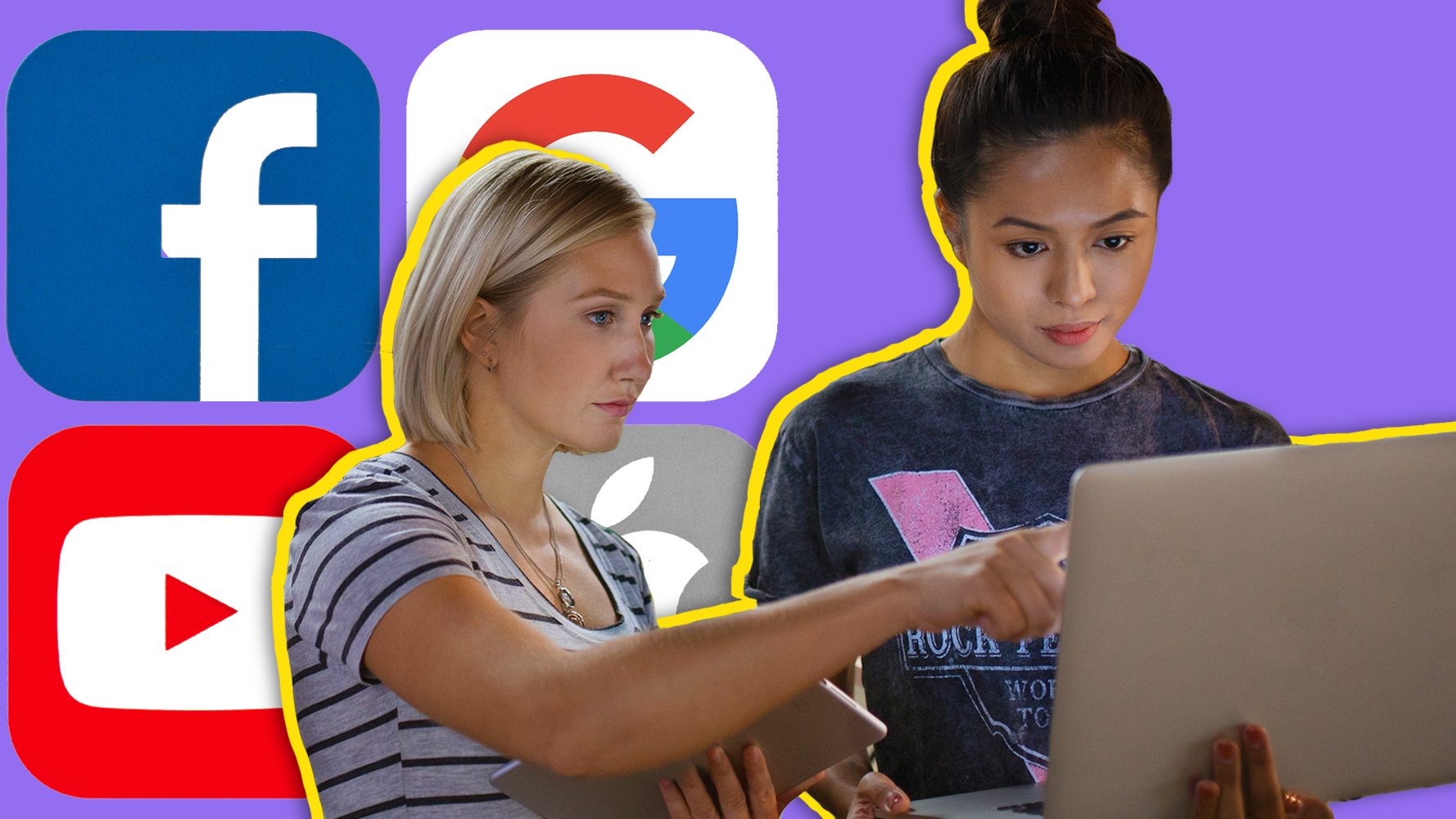To Boost Tech Diversity, K-12 Schools Need to Teach Computer Science

With apologies to disruption enterprises like Airbnb and Uber, the biggest story in tech during 2014 was the Silicon Valley diversity gap. As entrepreneur Hadi Partovi writes over at edSurge, stalwart companies such as Google, Facebook, and Yahoo! all acknowledged last year that their employment demographics skewed in a direction that was largely white and Asian males. Women and people of color are disproportionately represented in the tech industry. Why is this a problem? Without delving too deeply into arguments of equality and egalitarianism (while important, the arguments for and against this perception of fairness have long been aired), one major reason is that research shows diverse companies innovate better. We’re talking diversity in all its facets here: racial, gender, diversity of values, perspective, class, nationality, and upbringing. Homogeneity breeds patterns and repetition. Heterogeneity gives rise to dynamic new ideas and approaches.
Steering back to Partovi, whose piece at edSurge is referenced at the outset of this post, we approach the big question here: How do we increase diversity in the tech sector? Partovi argues that the first major change needs to happen in public schools. The reason that these jobs aren’t being filled by underrepresented demographics, says Partovi, is because access and early exposure to computer science rarely exists in elementary education:
“Kids are on games, apps, and social networks all day long. Most of them jump at the chance to learn more about what goes into the technology that impacts every part of their lives, but — even in 2015 — the majority of K-12 schools in the United States don’t teach computer science. Starting there, we can begin to turn the diversity problem around.”
Partovi goes on to outline his plan for an exciting curriculum to engender interest in all kids, specifically citing the work he’s done with Code.org, which he co-founded. The optimal computer science educational experience is one that quashes stereotypes and shares the amazing capabilities of a tech education. It’s in this way that Partovi hopes to help change the face of computer science.
In the video interview below, Big Think expert Vivek Wadhwa talks about his experience championing diversity in Silicon Valley.
Read more at edSurge.
Photo credit: Ollyy / Shutterstock




